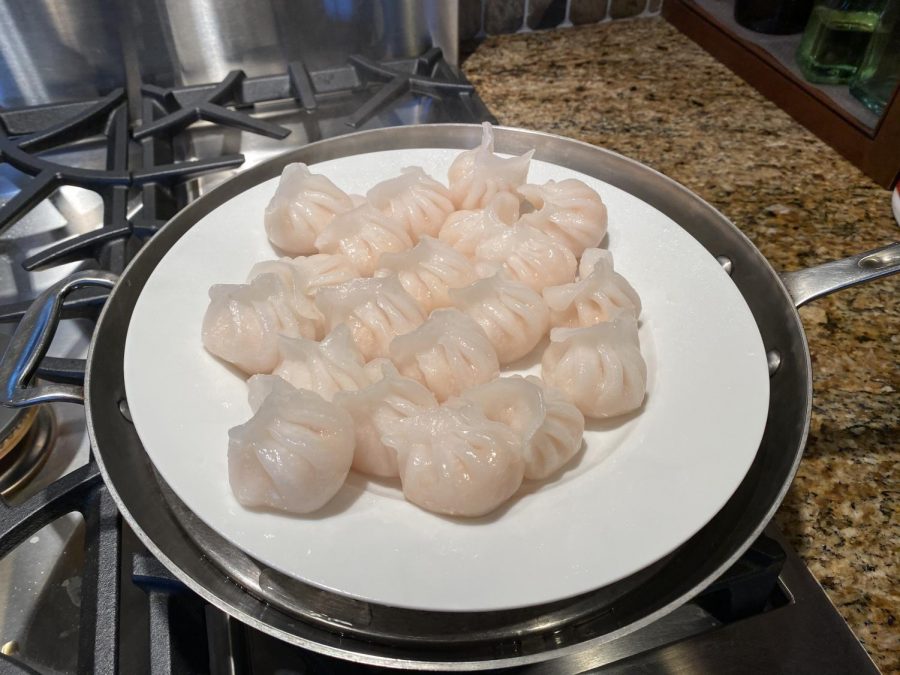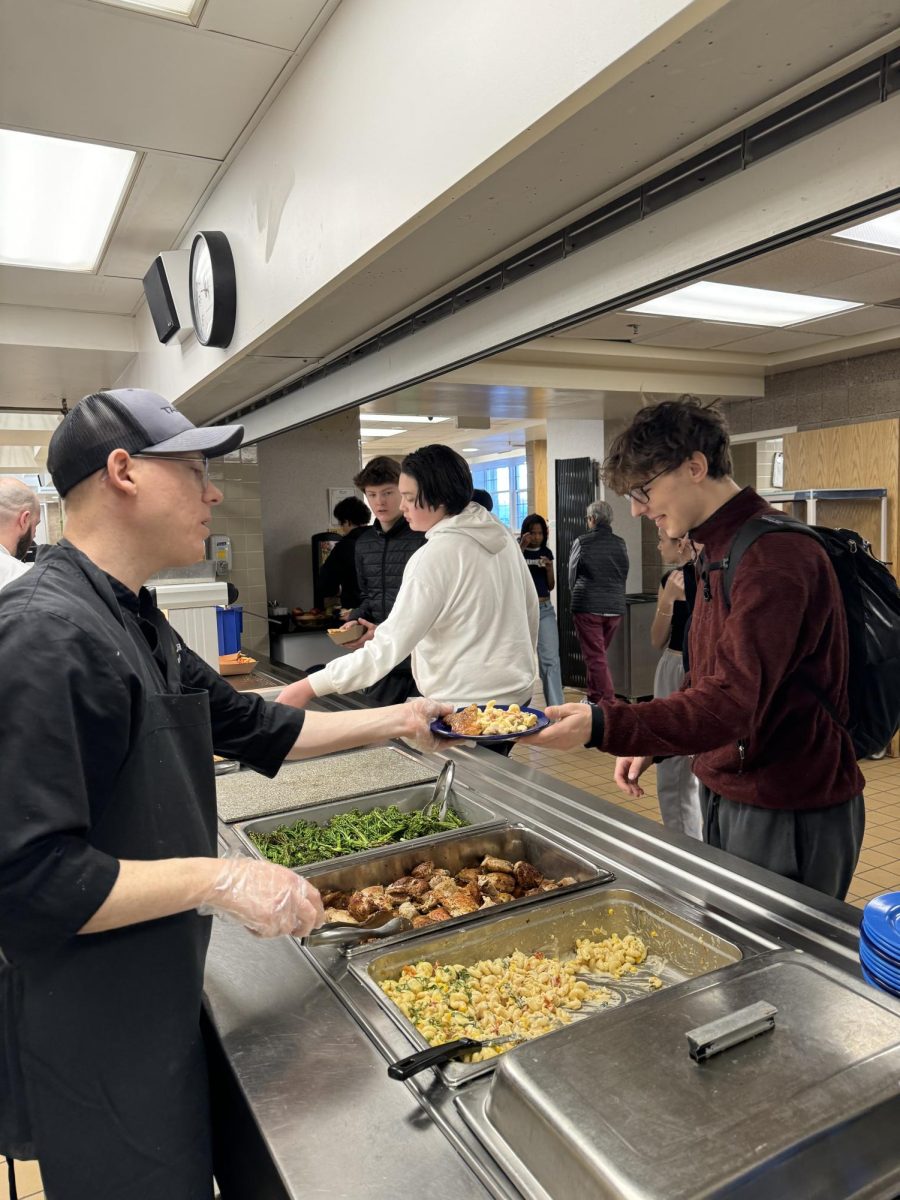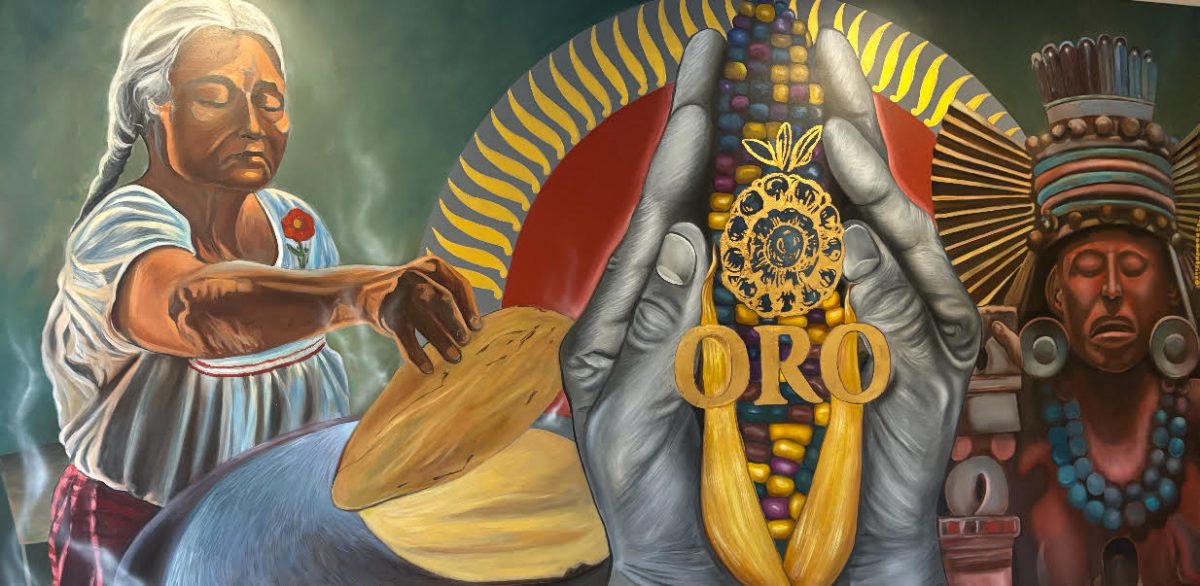With countless ethnicities and backgrounds represented in the Blake School, it’s nice to know more about them. Specifically, from Asia, some Blake Students represent nations such as the Philippines, China, Japan, India, Thailand, Cambodia, Nepal, Pakistan, Laos, and many others. Favorite Asian foods range from eggrolls to fried rice, to cauliflower kung pao, pho, pancit, or adobo.
In Cambodia, the cuisine has a long history and a varied range of influences. One popular dish is Amok, which is similar to other dishes in the surrounding parts of Asia, but the use of slok ngor, a local herb that gives a subtle, bitter flavor, makes it unique. Made of coconut milk and kroeung curry, the dish was traditionally made with either fish or snails, but now there are chicken and vegetarian versions. At higher-end restaurants, it is steamed with egg in a banana leaf for a mousse-like texture, while more homestyle places serve a boiled version that is more like soupy fish curry. While amok is sometimes called the country’s national dish, samlor korkor is most likely the true national dish of Cambodia. It has been eaten for hundreds of years and today can be found in restaurants, roadside stands, and family homes alike. This soup can be easily altered to whatever is in season and often includes more than a dozen vegetables. It is made with almost any type of meat, but most commonly from catfish and pork belly. The soup always includes prahok, a type of fermented fish, and kroeung, a curry paste, and is thickened with toasted ground rice. For less complex dishes, Blake alum Sara Gregor ‘19 says that her grandma loves to make her family eggrolls, fried rice, pho, and numerous Cambodian curries when they all get together that allows her to relate more to her Cambodian heritage.
Meanwhile, Filipino food culture is often overshadowed by Thailand and Vietnam. However, the Philippines has a large variety of dishes to please one’s appetite, ranging from adobo (chicken or pork marinated in adobo sauce) to the somewhat controversial balut (a boiled duck egg with the embryo inside). One Filipino dish is lechon, broadly referring to a young pig that has been seasoned, skewered on a bamboo pole, and roasted whole over charcoal, often found on the island of Cebu. Just as there are many ways to prepare pork, there are plenty of ways to prepare and serve lechon after it has finished roasting. It can be eaten right off of the carcass with a side of sinangag (garlic fried rice) or the leftovers can be added to paksiw na lechon. For Audrey Ronan ‘21, one popular dish made in her household is paksiw, which is fish cooked in vinegar and garlic. For her though, she can’t eat it without vinegar. “Vinegar, vinegar, and more vinegar. As a marinade, dipping sauce, you name it. At any Asian market, you’ll find at least an aisle side full of different types of vinegar. We like our options.” When asked about the odd delicacy of balut, she says, “it’s just another way to prepare eggs, and it’s just as nutritious. It’s kinda like asking “why are scrambled eggs so popular in America?” I don’t know, it just tastes good, and eggs are very accessible in the Philippines so it happens to be popular.”
These are only 2 of # nations represented here at Blake. For Amanda Lee Molina ‘21, her favorite Chinese dish is cauliflower kung pao, as a vegetarian alternative to a meaty dish. Amanda eats her food with lots of rice while Melanie Sun ‘21 says that Chinese soy sauce is the way to go. Surina Arora ‘21 enjoys Indian food every night, with an assortment of bread, rice, or vegetables as a side, and Kalissa Fruetel ‘21 enjoys Nepali cabbage, onion, ginger, garlic, cilantro and spiced momos at the Himalayan in Minneapolis while Mabel Chovan-Aziz ‘21 loves Pakistani biryani, a meaty dish with saffron rice that reminds her of her grandparents and family. Nadia Lee ‘20 loves making pho, a popular Hmong dish of rice noodles usually made with beef broth, cilantro, and mint that’s suitable for anyone’s taste, Maya Dieterle ‘21 eats pork Katsudon regularly, and Neen Jaiarj ‘21 has trained herself to love Thailand’s spicy stir-fried basil with ground pork and rice. Overall, Asian countries such as these should be recognized for more than just because the food is good. There’s so much more to Asian cuisine than just ramen and sushi, and just like with less popular Asian regions, a lot about a person or a culture can be overlooked.







